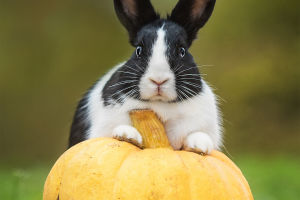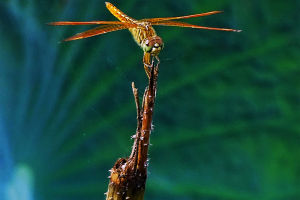Polar bears are majestic creatures known for their large and stout build, standing at a shoulder height of up to 1.6 meters.
Adult males can weigh between 300 and 800 kg, reaching a length of 2.5 meters from the tip of the nose to the tip of the tail. On the other hand, females are smaller, weighing between 150 and 300 kg, with a length of 1.8 to 2 meters.
These magnificent bears inhabit the ice-covered waters throughout the Arctic Circle. However, in regions where Arctic Sea ice completely melts during the summer, polar bears are forced to spend months on land, relying on their stored fat until the sea freezes over again.
One distinguishing feature of polar bears is their fur, which sets them apart from other bear species. Their fur is dense and thick, lacking distinct color characteristics. In fact, the first coat color of adult polar bears is black, and their white coat develops gradually as they grow.
From birth until around 3 to 4 months old, polar bear cubs have a spotted yellow-white coat, resembling that of a little leopard. As they grow to 6 months, their hair turns gray or brown. By the time they reach one or two years of age, their hair begins to turn white.
Polar bears predominantly feed on seals in the ocean and primarily survive by hunting these marine mammals. They possess a remarkable sense of smell, enabling them to detect prey from afar.
When they locate their prey, they silently approach the sea, utilizing their swimming and diving skills to their advantage. With a sudden burst of energy, they emerge from the water to capture their prey.
Glaciers and ice floes also serve as important habitats and resting places for polar bears. They carve out burrows in the ice to protect themselves from the harsh cold and snow. With the presence of glaciers and pack ice throughout the year, polar bears have the freedom to move between the sea and land.
Due to their existence in extreme environments, polar bears play a significant role in scientific research.
The observation and study of these bears allow scientists to understand the changes occurring within polar ecosystems, environmental adaptations, and the impact of climate change on animal populations. Such research provides vital evidence for the conservation of polar bears and other species living in polar regions.
The interaction between polar bears and humans has garnered widespread attention. As climate change and melting ice threaten their natural habitat, polar bears have been forced to venture closer to human settlements in search of food.
This proximity has led to conflicts and, at times, even attacks. Protecting the habitat of polar bears and implementing measures to mitigate climate change have become global concerns.
In the wild, polar bears have few natural predators, as their strength and adaptability make them top hunters in the polar environment. However, they face threats such as global climate change and the illegal wildlife trade, placing them on the brink of extinction.
Under normal circumstances, the survival rate of polar bear cubs in their first year is approximately 50%. Yet, in recent decades, the destruction of their habitat due to global warming has severely tested this survival rate. While polar bears in captivity can live up to 40 years, records from tracking wild polar bears indicate an average lifespan of only 25 years.


